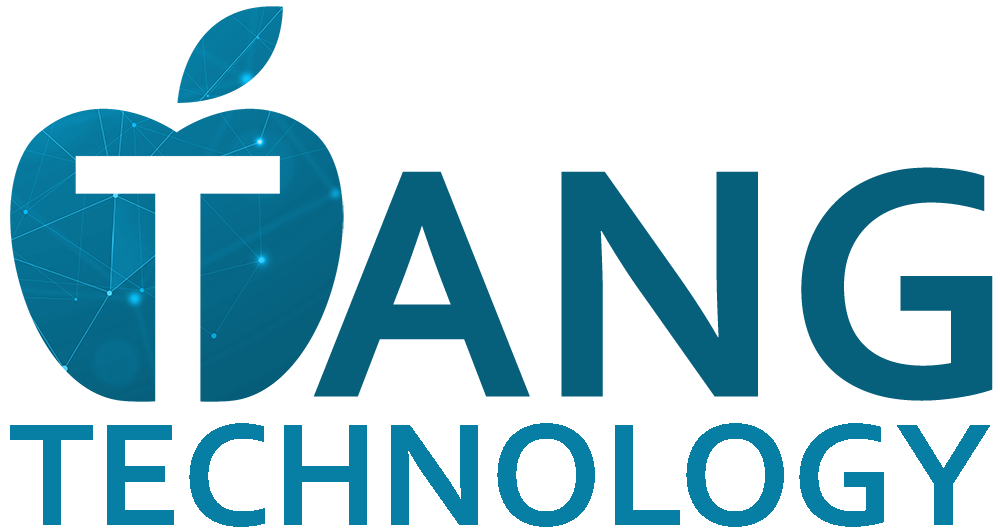1. Exploring the Meaning of SCORM
SCORM is an acronym that stands for Shareable Content Object Reference Model. But that doesn’t really explain much. Understanding the purpose and structure of SCORM is crucial for anyone interested in delivering or developing online learning content. SCORM is a set of technical standards developed by the Advanced Distributed Learning (ADL) Initiative under the United States Department of Defense. These standards ensure that eLearning content and Learning Management Systems (LMS) are compatible with each other. So the SCORM course can send data like score and progress to the the LMS and the LMS can send data like last visited page to the course. A SCORM-compliant course can be seamlessly integrated into any SCORM-supported LMS, like how a CD can be read by any CD-player regardless of manufacturer. This interoperability is what makes SCORM meaning so vital in eLearning.
2. The Practical Uses of Understanding SCORM
SCORM’s broad applicability across different sectors underscores its importance. Here are some prime uses of SCORM:
- Interoperability: SCORM content works with any SCORM-compliant LMS. This means that you are never tied to one LMS. We’ve worked with numerous clients to implement a new LMS in their organization. Often times, they outgrew their previous LMS and the old LMS no longer supported their learning strategy. If the content is SCORM, its very easy to pick up your content and move to another LMS. If the content is not SCORM, you will likely have to recreate all your content in the new LMS.
- Licensing: For those of you who are content owners and SME’s looking to sell your content, SCORM provides a way to develop once and license the content to many customers. You provide the SCORM package and they implement it directly in their LMS. With SCORM, you know it will work and your client will know what to do with the SCORM package.
- Reuse: SCORM’s standardized framework helps organizations deliver consistent training modules across global offices, ensuring uniformity in training quality and compliance. SCORM can be authored so it is highly modular. Designers can pick and choose existing SCORM content and reuse them in new courses. For example, a module on the history of the company can be reused for different onboarding courses.
- Data: SCORM means data is available to the course and the LMS. This allows for better tracking of student score, progress, and completions. Newer versions of SCORM, like xAPI, can get even more granular in the data tracking.
3. The Evolution of SCORM Meaning: Different Versions
SCORM has evolved through several iterations, each addressing the growing needs of eLearning environments:
- SCORM 1.1: This initial version laid the foundational concepts but saw limited adoption due to its nascent stage.
- SCORM 1.2: Rapidly following its predecessor in 2001, SCORM 1.2 fixed early issues, setting a new standard with its robust and reliable features.
- SCORM 2004 (Various Editions): Starting in 2004, this version introduced significant enhancements like advanced sequencing and navigation controls, making it the preferred choice for complex training needs. The most refined, the 4th edition, is recommended for current content development due to its comprehensive specifications.
- xAPI (Tin Can): The Experience API (xAPI) is a spiritual successor SCORM. It is a more flexible standard that allows for inside and outside the LMS. This allows for tracking of more informal and non-traditional learning activities like social learning, mobile learning, games, and simulations.
4. Methods for Creating SCORM-Compliant Content
To create SCORM-compliant courses, you need an authoring tool.
- Authoring Tools: Tools like Articulate Rise, Articulate Storyline, Adobe Captivate, and Trivantis Lectora simplify the creation of SCORM-compliant courses through user-friendly interfaces and ready-to-use templates, requiring minimal programming knowledge. Most SCORM courses today are created with an authoring tool.
- Custom Development: For tailor-made solutions, developing SCORM content using HTML, JavaScript, and XML is an option, but should only be used when absolutely necessary. This method demands a deeper understanding of SCORM protocols and is suited for those needing highly customized eLearning materials.
Conclusion
Grasping the full SCORM meaning is indispensable for anyone engaged in eLearning. As a universally accepted standard, SCORM ensures that learning content is accessible and reusable across different systems, making it a cornerstone of modern educational technologies.
For more detailed information or if you require professional guidance in developing or integrating SCORM-compliant eLearning solutions, consider scheduling a free consultation using the form on this page.

